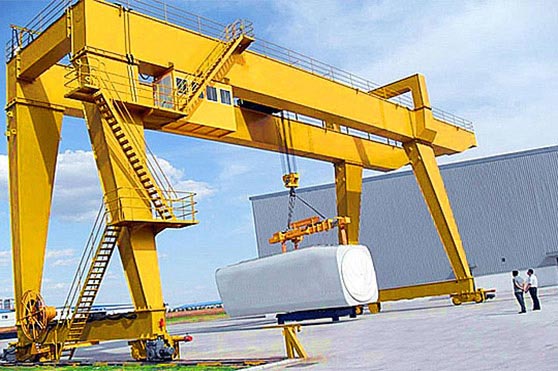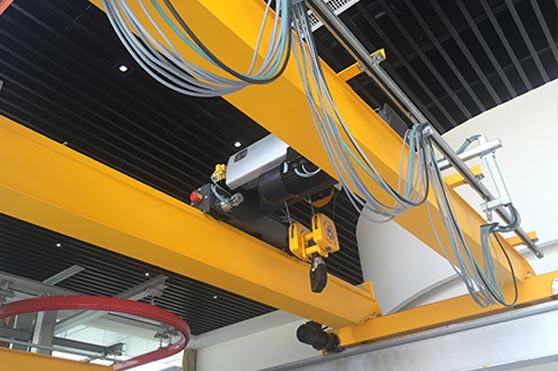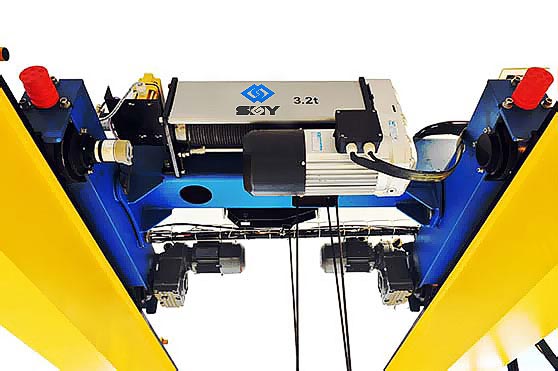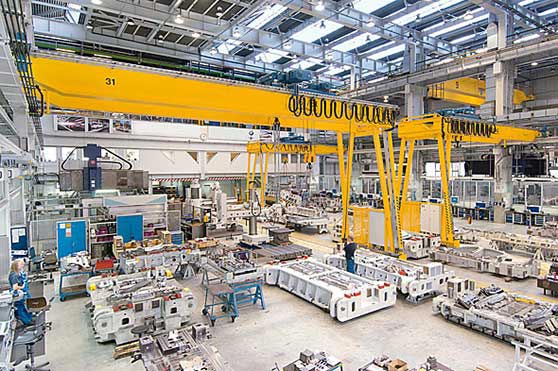Wire ropes are very common in engineering cranes, and are generally made of many high-strength steel wires. It consists of a single steel wire wound together to form strands, and then some of the strands are wound into a rope core, and then an outer strand composed of other strands is wound around the rope core into a steel wire rope. Some imported steel wire ropes also contain a plastic ferrule, which is usually covered by a special coating in the form of a plastic coating. Important wire ropes are filled with appropriate lubricants to reduce friction.
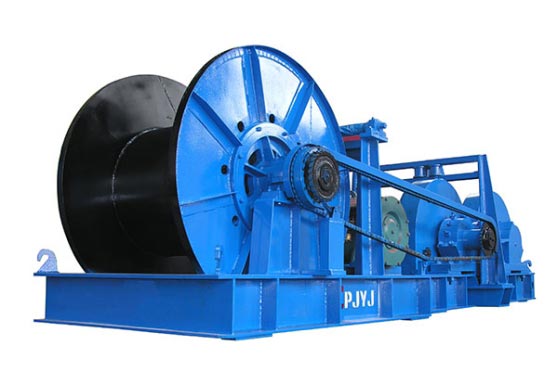
Domestic steel wire ropes are generally divided into three types: organic matter (hemp core and cotton core), asbestos core or metal core. There is usually no filler or lubricant inside the rope.
The steel wire rope can be divided into forward rope and cross rope according to the mutual direction of the steel wire into the strand and the strand into the rope, and according to the twist direction of the strand, it is divided into left and right co-twist and left and right intertwist; imported wire rope Generally, the winding rope is used as the standard rope, and the rotation direction of the steel wire rope is required to be the same as the rotation direction of the outer strand helix relative to the longitudinal axis of the steel rope, and is divided into left-handed and right-handed. Correspondingly, the rotation direction of the strand is also specified, that is, the direction of the spiral of the outer filaments constituting the strand is the rotation direction of each share based on the longitudinal axis of the strand. When a single steel wire rope is used in a single wire, the steel wire rope rotates in the opposite direction. When used in a pulley block, the steel wire rope twists due to the rotation of the steel wire rope, which is commonly known as winching. Compared with ordinary steel wire ropes, non-rotating steel wire ropes have started to be widely used. The so-called non-rotating wire rope is based on the principle that the torsional moments of the rope and the strands are opposite and equal in size: the imported non-rotating wire ropes are different. The principle is to make the rotation of the rope core opposite to the rotation of the rope itself. When the force is applied, the torque generated by the rope core is equal to the torque generated by the outer strand, and the direction is opposite.
The strands of the steel wire rope can also be made into compact strands by post-treatment methods such as rolling or die extrusion. The diameter of the strands after treatment will be reduced and the surface finish will be very high. Therefore, the steel wire rope using a tight strand can use a thicker wire. Under the same diameter, the steel wire rope using a tight strand has a higher filling factor and a higher breaking force. When multi-layer winding is performed on a reel, the outer strands of the ordinary steel wire rope are severely squeezed between the layers, and the surface of the steel wire rope wears quickly. The tight-stranded steel wire rope has higher wear resistance and crush resistance.
The correct choice of steel wire rope directly affects the service life of the rope and causes structural deformation, fracture and accidental failure of the rope. Therefore, the recommended selection principles are as follows:
1) Non-rotating wire rope is used when lifting without guide weight once or when lifting without guide weight multiple times at a large height;
2) Ordinary steel wire ropes can be used when one guided weight lifting or multiple guided weight lifting (such as driving) or a pair of left-handed and right-handed ropes is used at a lower height.
The determination of the rotation direction of the wire rope should follow: it is recommended to use a left-handed wire rope for the drum with a right-handed rope groove; otherwise, a right-handed wire rope should be used for the drum with a left-handed rope groove.
For single-layer non-rotating steel wire ropes, the above principles must be strictly adhered to, otherwise permanent deformation of the wire rope structure is likely to occur; in the case of multi-layer winding, the rotation direction of the rope is determined by the direction of the drum rope groove in order to play for the next layer. Good foundation. The multi-layered steel wire ropes have large frictional forces and compression forces, which are prone to random ropes. Therefore, steel wire ropes with a diameter slightly smaller than the rope groove pitch and the rope groove diameter should be used to increase the wire rope and the drum. The contact area between them reduces the friction between adjacent steel ropes, thereby increasing the life of the steel ropes. Practice has proved that the diameter of the steel wire rope is 1% smaller than the pitch of the rope groove, which helps to arrange the rope tightly and effectively eliminates the phenomenon of climbing and random ropes.
Under the same diameter, the larger the number of steel wire rope strands, the smaller the diameter, and the thinner a single wire. This kind of wire rope has good flexibility and can well overcome the reverse bending force that the wire rope receives when entering and exiting the drum multiple times. It's easy to wear rope. The thicker outer strands also have thicker steel wires, which can better resist wear, mechanical damage, corrosion and crushing forces. Therefore, only when the two advantages are combined well, can it be a truly high-performance high-quality steel wire rope.
In addition, in the selection process of the steel wire rope, it is necessary to pay attention to its minimum diameter and minimum breaking tension should comply with the requirements of the ISO 4308 standard.


